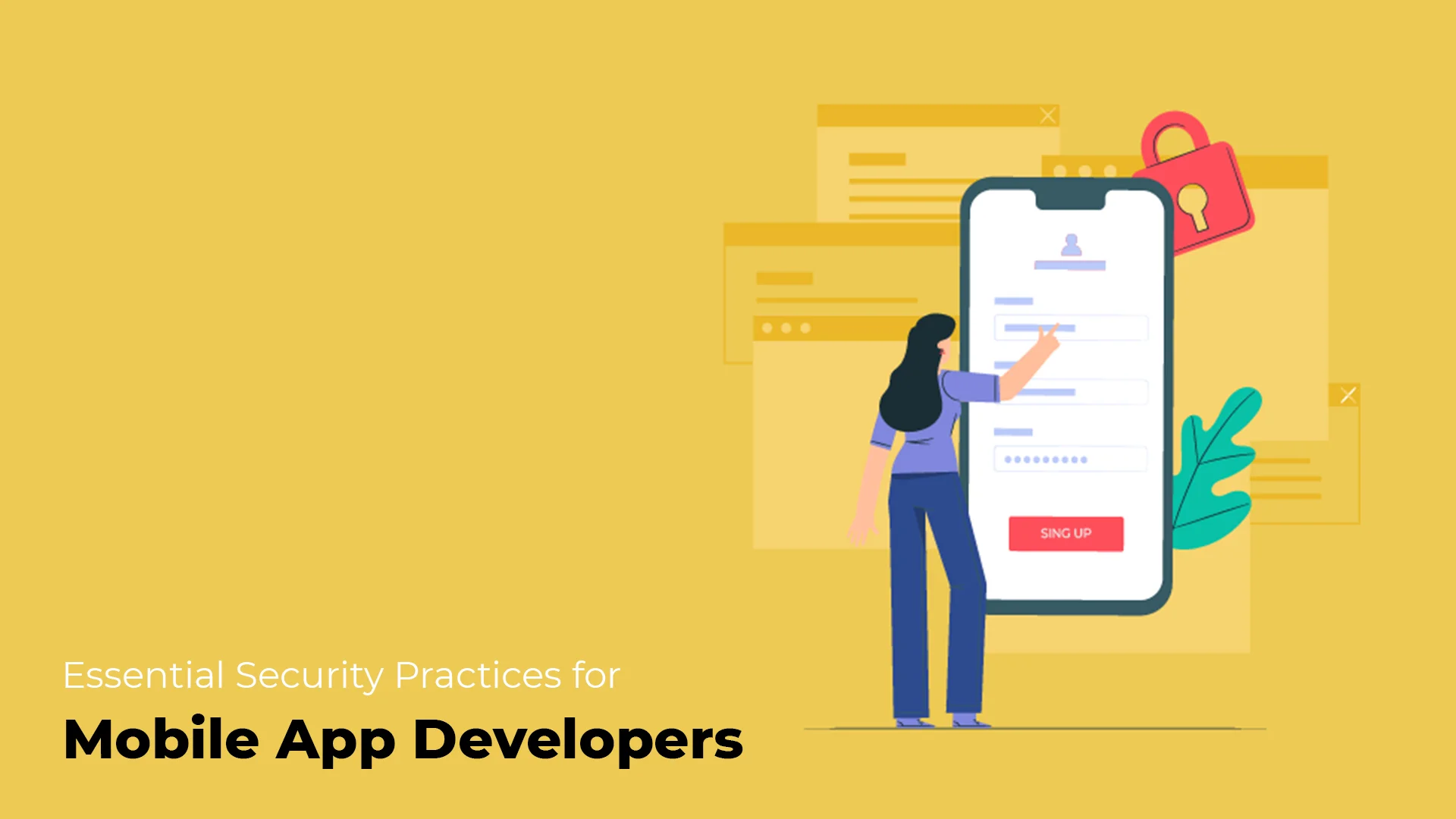18 April 2024
Essential Security Practices for Mobile App Developers: Safeguarding User Data and Preventing Cyber Threats

In today's digital age, mobile apps have become an integral part of our daily lives. From banking and shopping to social networking and entertainment, mobile apps handle a vast amount of sensitive information. As a mobile app developer, ensuring the security of your app should be a top priority. Here are essential security measures that every mobile app developer should implement to safeguard user data and protect against potential threats.
1. Data Encryption
Encrypting sensitive data stored on the device and during transit is crucial to prevent unauthorized access. Utilize strong encryption algorithms like AES (Advanced Encryption Standard) to encrypt data both at rest and in transit.
2. Secure Authentication
Implement robust authentication mechanisms, such as multi-factor authentication (MFA) or biometric authentication, to ensure only authorized users can access the app's features and data. Avoid using hardcoded credentials and always validate user inputs to prevent injection attacks.
3. Secure Backend APIs
Secure your backend APIs by implementing proper authentication, authorization, and input validation. Use HTTPS with TLS (Transport Layer Security) to encrypt data transmitted between the app and the server, preventing man-in-the-middle attacks.
4. Code Obfuscation
Obfuscate your app's code to make it harder for attackers to reverse-engineer and understand the underlying logic. This can deter malicious actors from discovering vulnerabilities and exploiting them.
5. Regular Security Audits
Perform regular security audits and penetration testing to identify and address potential vulnerabilities in your app. Consider using automated tools and services to scan for security issues and ensure compliance with industry standards.
6. Secure Offline Storage
If your app requires offline data storage, ensure that the data is stored securely using encrypted databases or secure file systems. Implement additional layers of security, such as app sandboxing, to isolate and protect sensitive data.
7. Secure Third-Party Libraries
Be cautious when integrating third-party libraries into your app. Always use trusted sources and keep libraries up to date to ensure they don't contain known vulnerabilities that could compromise your app's security.
8. User Privacy Controls
Respect user privacy by providing clear and transparent privacy policies, obtaining explicit consent for data collection and sharing, and implementing privacy controls that allow users to manage their preferences and revoke permissions when needed.
9. Secure Update Mechanism
Implement a secure update mechanism to ensure that users receive timely security patches and updates. Encourage users to keep their apps updated to the latest version to benefit from the latest security enhancements.
10. Educate Users on Security Best Practices
Educate your users on security best practices, such as creating strong passwords, avoiding public Wi-Fi for sensitive transactions, and being cautious of phishing attempts. Empowering users with knowledge can help mitigate risks and enhance overall security.
Conclusion:
Ensuring the security of your mobile app is a continuous process that requires diligence, expertise, and a proactive approach to identifying and mitigating potential threats.
By implementing these essential security measures and staying informed about the latest security trends and threats, you can build trust with your users and protect their valuable data effectively.










